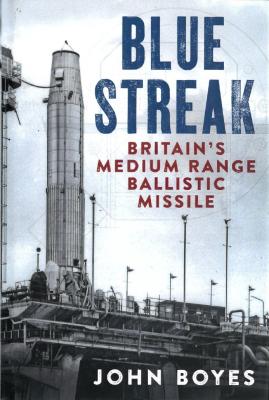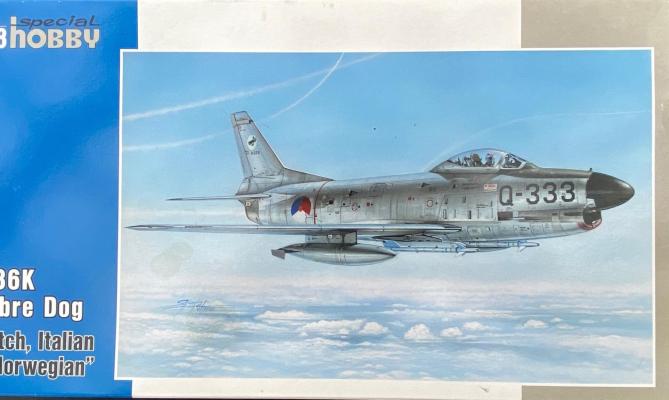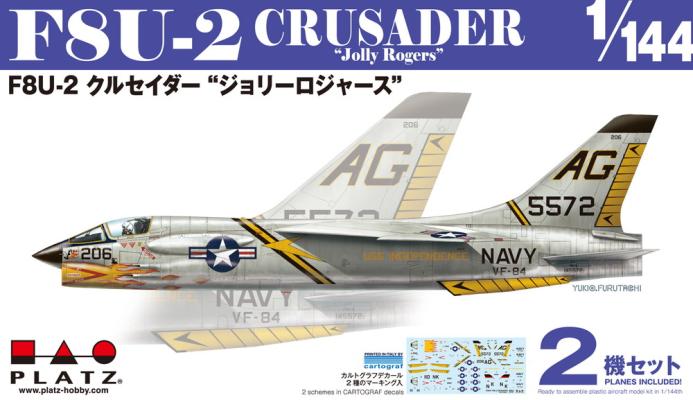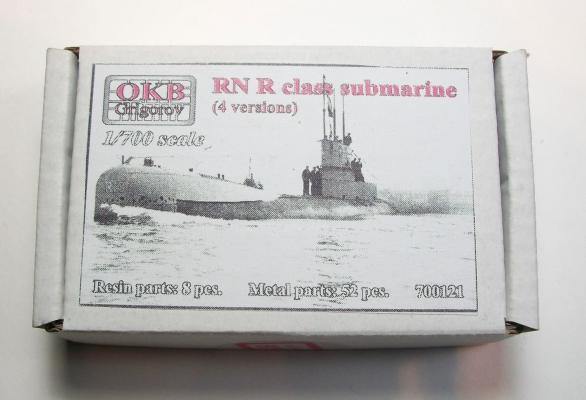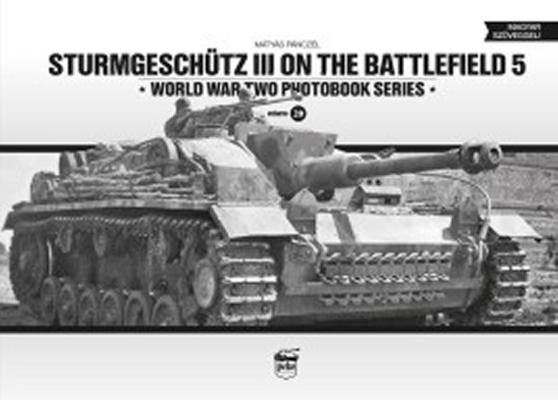John Boyes was born in Edinburgh in 1947. Educated at Rugby School, he qualified as a chartered accountant in 1972 and thereafter pursued a career in the motor industry until his retirement in 2005. He has had a lifelong interest in the history of missiles and published his first book, Project Emily: Thor IRBM and the RAF, in 2008. John followed with Thor Ballistic Missile: The United States and the United Kingdom in Partnership in 2015. He is the treasurer of the Royal Air Force Historical Society and financial controller of the Bomber Command Association, responsible for the financial management of its memorial in London. He has given a number of lectures on Thor and regularly contributed to the British Nuclear History meetings at Charterhouse. He is married and lives in West Wickham, Kent.
Welcome to the IPMS/USA Reviews site!
Introduction: The primary organization of the IPMS/USA Review website is by IPMS/USA National Contest Class. Within each Class there are sub-menus by kits, decals, books, etc. The Miscellaneous Class is for items that are not class specific or that cross two or more classes.
IPMS/USA Members: We encourage you to submit reviews, both here and to the Journal. To volunteer for membership in the IPMS/USA "Reviewers Corps" and submit your own reviews, please read the Guidelines For Submitting Product Reviews.
Manufacturers, publishers, and other industry members: IPMS/USA is pleased to offer your company the opportunity for product reviews. All product reviews are performed by IPMS/USA members, and are posted in the publicly-accessible section of our website. With very few exceptions, we perform full build reviews of new kit releases, aftermarket products, and supplies. If you would care to provide product samples for review, please contact John Noack, IPMS/USA 1st VP.
To learn more about IPMS/USA, please see our About Us page.
The F-86 D was built as a stop gap interceptor while the U.S. developed more sophisticated and mission specific aircraft for that purpose. At the same time, the European NATO operators realized they needed the same type of aircraft and the F-86K was the result. The F-86K differed from its U.S. built examples by installing cannons in lieu of the rockets on the US version. Some plugs were added into the fuselage to maintain the center of gravity. Italy’s Fiat company produced license-built versions of the F-86K. Also of note, was the capability of some of these aircraft to carry sidewinder missiles.
The F8U Crusader (later re-designated as F-8) was the first operational supersonic carrier aircraft serving for the United States Navy and Marine Corps in the late 1950s. Often considered the last gunfighter, it was well loved by pilots for exceptional performance. One interesting feature was the movable wing assembly. While it’s often believed that the purpose of the raised wing was to improve lift, the fact is that raising the wing allowed the fuselage of the aircraft to assume a lower angle of attack on landing, permitting greater visibility for the pilot, while maintaining optimal aerodynamic performance of the wing, slats and flaps.
OKB Grigorov has provided super little set of 4 submarines which represent all the various produced of this class of British Submarine ordered at the end of WW1. They were the forerunner of the modern Attack submarine. They produced 12 of these small diesel electric submarines. All but 2 were scrapped by 1923. The remaining two until 1929 and 1934.
Included is:
- Four resin parts
- Four Photo Etch Sheets
- Four different resin submarines
- Instruction Sheet
The detail quality is great; The parts are very delicate parts that need careful removal from the resin bases.
The instruction sheet is very basic but enough to get them built. You just must ensure you use the correct Photo Etch sheet with the right resin submarine. Here is a quick list to help
This book is volume 5 in a series of books containing pictures of the Sturmgeschutz in action and specifications for assault tank. Book has both English and Hungarian text.
I found the pictures in this book to be fascinating and show many of the variants of this very versatile AFV.
Many of these pictures have never been published before and I have seen a lot and yet I had no recollection of seeing any of these before.
I recommend this book to everyone with an interest in the Stug and a must for modellers.
Thanks go to Casemate Publishing for providing this book to review and IPMS USA for allowing me to review it for them











